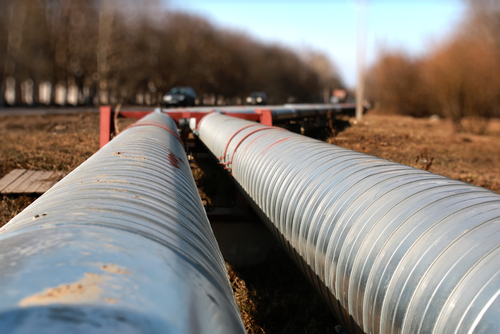
List of Underground Water Line Repair Factors To Consider
Any sort of underground plumbing work is a nightmare for a lot of your customers. Many of them automatically assume that this will mean a massive and expensive project that will upend their home or business for an extended period of time. This includes underground water line repair. However, despite these fears, a skilled plumber can attend to these needs relatively quickly. How so?
- Compared to a sewer line, an underground water line is generally a less difficult project because these lines are generally set closer to ground level.
- If this is the case, you may be able to dig underground sewer lines by hand rather than having to use an excavator.
Granted, one can’t treat every single underground water line repair job interchangeably. Depending on the location and nature of the building you are working on, the water lines can be in a variety of different areas, causing you to need to adapt accordingly. In addition, the root problem may impact what you do when you reach the line. Here’s a closer look at the main factors that impact a given job.
Table of Contents
Location
This plays a number of different roles in terms of how you approach an underground water line and its overall costs. For one thing, there’s the obvious factor of where the piping is located. The more difficult it is to access, the more you will need to charge to keep the cost-labor ratio favorable to you. In addition, there may be more subtle elements that need to be considered. For example, PVC and PEX plastic are favored for a lot of system replacements because they are relatively inexpensive. However, in areas with extremely cold temperatures, these may not be viable due to ground frost. In other cases, you may need to spend more time actually scouting where the problem part of the line is. This is common where there isn’t a clear indicator like a wet patch of water on the lawn when it hasn’t rained.
Depth
We mentioned earlier that service trenches for underground water lines are higher than, say, a sewer line. However, that doesn’t mean they are necessarily near the surface level. In some cases, they are naturally lower, which necessitates the use of excavators. This means a substantial increase in what you will need to charge. Make sure your bid accounts for this after your initial appraisal and that the customer is aware of why you are charging more.
Obstructions
A major part of keeping a job profitable for you is making sure that the bid accounts for the equipment and man-hours that you put into the said job. We discussed excavators, but in some cases, there may be blockages that make it harder to access the underground water line. Stumps and tree roots are common here. The bulk of the cost of servicing a line is getting there to repair or replace it. If a stump or roots need to be removed, this may require either a subcontractor or added equipment. If you need to go through bedrock or concrete, this may get even more expensive.

Safety/Compliance
The duration of a job can be complicated by compliance obstacles as much as it can physical ones. For example, the line that you need to service may be near other utility lines like electrical cables, gas lines, or sewer pipes. If you’re doing business in a new market, make sure you talk to the local permitting office to figure out the zoning rules and permits required to service the area. In some cases, you may need to get special permission to work on a line, and you don’t want to find this out after the fact.
Customers Attempting to DIY
DIY plumbing work tends to cause more problems than it solves, especially if the person doing it is inexperienced. If the customer attempted to repair or replace the line on their own, failed, then called you, you may need to charge additional money to fix their error, then address the actual root issue.
Materials/Lifespan
This impacts the nature of an underground water line job in several ways. The biggest thing is what exactly you are servicing the line for. For example, if it’s a leak of relatively new PVC or PEX piping, chances are you can repair the pipe or section and stop there. However, for older materials that may be at the end of their lifespan, it may be a good idea to recommend a replacement. Your customers may balk at the idea of doing this, but the truth is that this is for their benefit. The costs of digging a water line and repairing it multiple times can be much more cost-prohibitive compared to, say, a fixture in one’s home. After all, the system will eventually need to be replaced anyway.

As you can see, there are quite a few things that you need to juggle when considering the best way to repair an underground water line. Making a mistake or miscalculation here can result in failure or delays, which drag a job from being profitable to losing money and time. This is the nightmare scenario for any contractor, so it’s important both that you can appraise the situation well initially but also be ready to note signs of trouble before they get out of control.
In both cases, one of your best assets is going to be utilizing eSub project management software. One of the best aspects of this resource is the ability to connect your remote and field teams through cloud storage. Make sure that everyone knows how a given job is going so they can adapt accordingly. In addition, this gives you the ability to have a historical record of your costs and bids for past jobs, so you can make sure that you are giving yourself enough room to make a profit on your underground water line work.